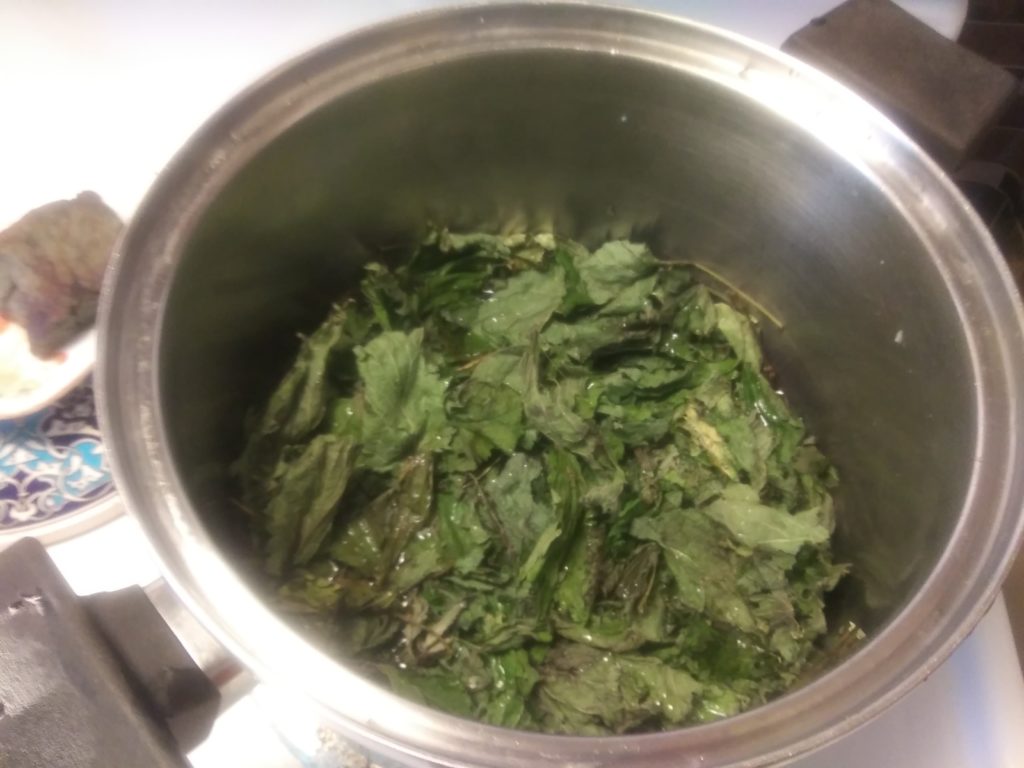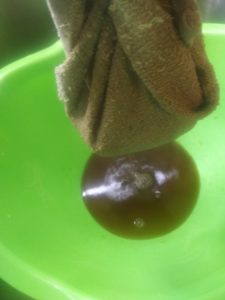Many folks who make their own cheese do not like the idea of using animal rennet for this purpose. This is an ethical decision. Microbial rennet is expensive, and can cause the cheese to have a bitter taste. Vegetable rennet is one of the most inexpensive methods of making rennet and can be made using readily available ingredients that you can either grow yourself or forage!
Plants you can use to make vegetable rennet:
Stinging Nettle
Thistles such as Cardoons, or artichoke seeds
Fig Sap
In this tutorial I will be using Stinging Nettle. For those of us who live in the Pacific Northwest, Stinging Nettles are an easily grown or foraged plant; and they can be dried to be used all year. I’m one of the very few who do not get stung by stinging nettles. I’m not sure why this is; I guess it’s genetics. Stinging nettles have formic acid in them, and for many folks; they will need to wear thick rubber gloves and long sleeves to avoid the sting from the nettles.
You will need:
2 pounds of Nettle leaves
4 cups of water
1 Tbsp. Salt
Cheesecloth
1) Rinse the nettle leaves clean
2) Put the clean nettle leaves into a pot with 4 cups of water.
3) Bring to a light boil, and then reduce heat and simmer for 30 minutes.
4) Add the salt to the pot and stir into activate the enzymes and further break down the leaves.
5) Once salt is dissolved, remove from heat, place a colander inside a large bowl, line the colander with a layer of cheese cloth. Pour nettles in, and drain.
The liquid drained through the cheese cloth is the vegetable rennet! 1 cup of nettle rennet is to be used per 1 gallon of milk.
Keep unused rennet in a tightly closed opaque container, because exposure to light will break down the enzymes.




